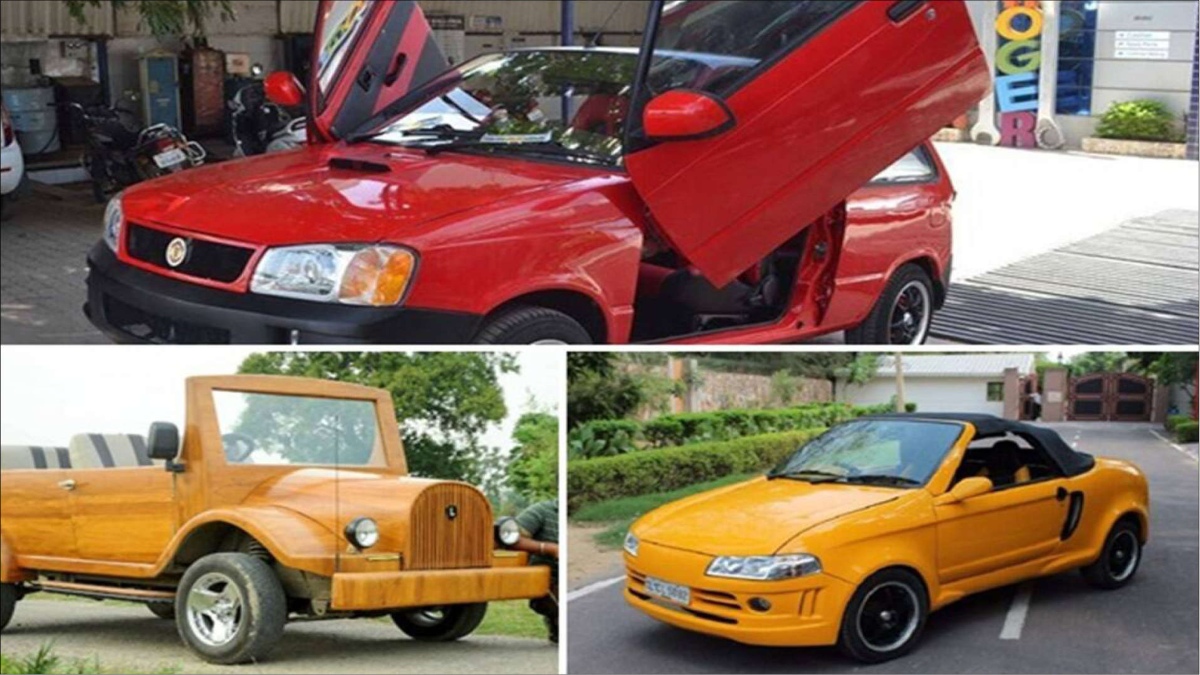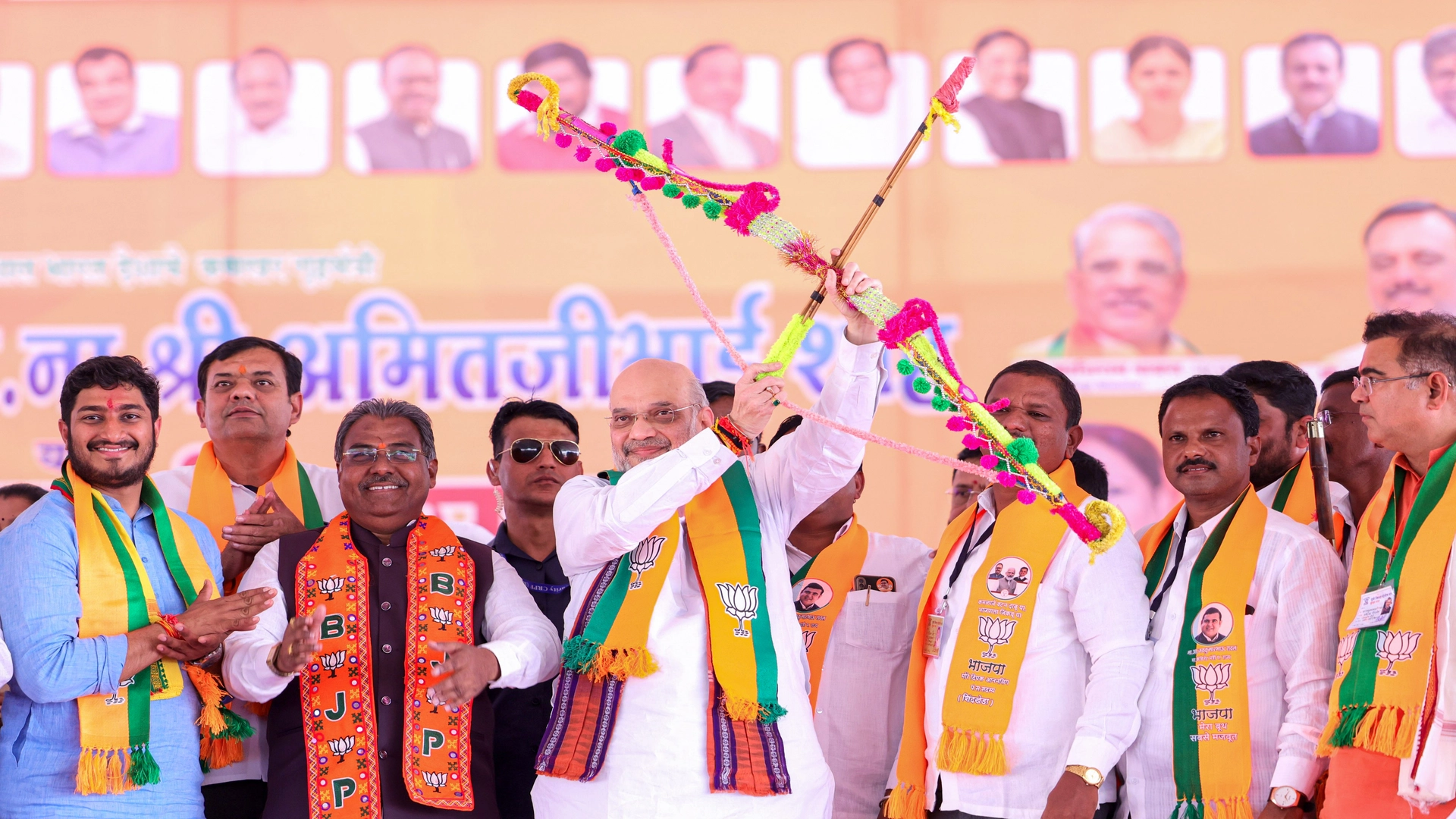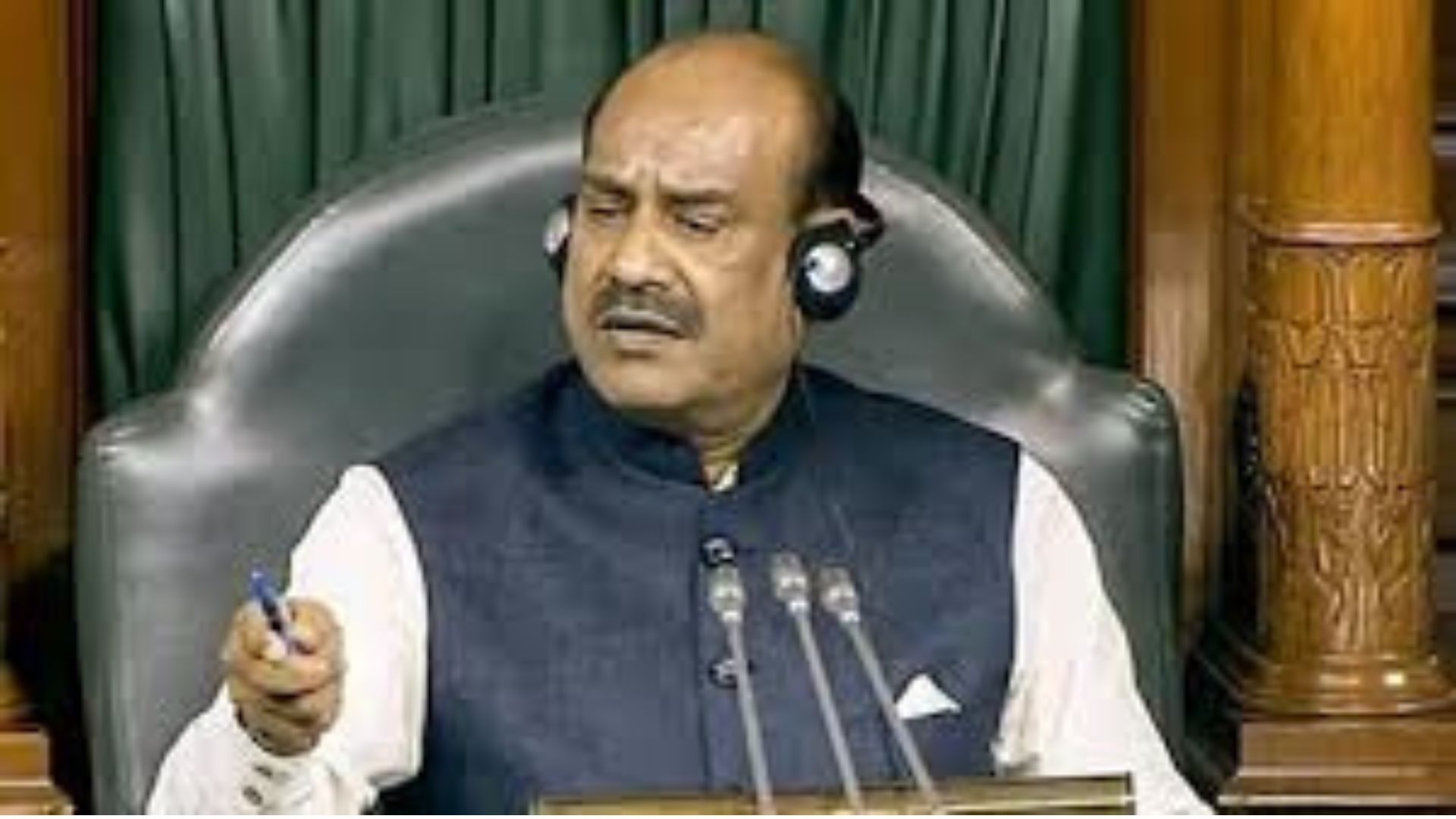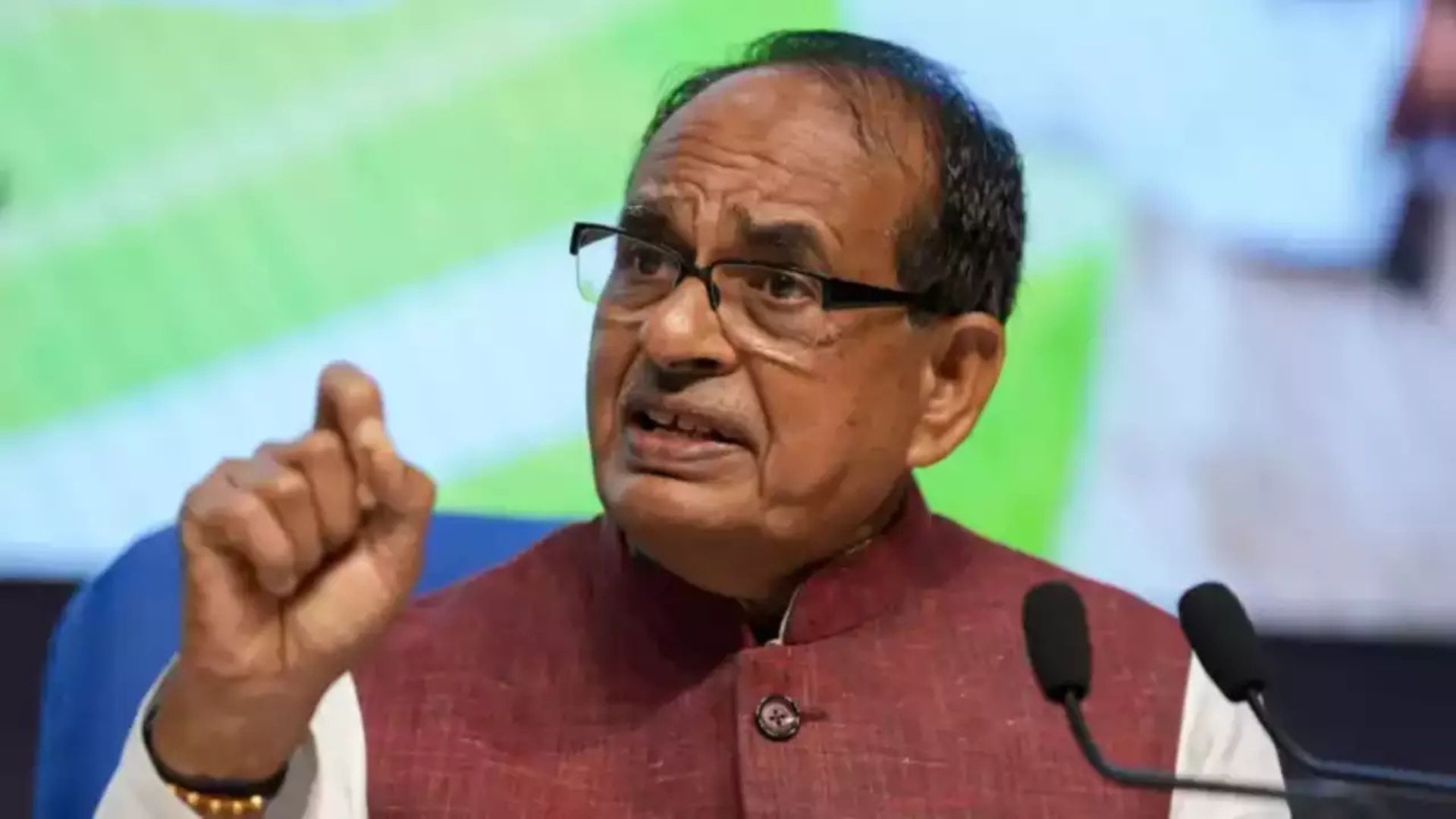
At least thirty out of hundred vehicle owners wish to see their vehicles stand out in crowd or traffic. Another section wish to take their vehicle even beyond the Mount Everest crossing Niagara falls. For the first category, their vehicle shall draw attention of the crowd to them; whereas the second category is keen on utility of the vehicle that they purchase. Even though advertisement shows vehicles easily mounting to rough terrain, it will not always serve the purpose. Vehicles are not always bought to drive in Highways and plains. There is the passion of a driver that always hidden in his/her vehicle.
WHAT LAW SAYS
The Motor Vehicle Act regulates alteration of vehicles vide s.52. The section says that all owners of the vehicles are absolutely restricted to alter their vehicles in respect that they deviate drastically from the features imbibed by the manufacturer. Whereas certain alterations can be made seeking permission from the registering authority. The section provides powers to central and state governments to make rules and regulations on the same.
In the Motor Vehicles (Amendment) Act 2019, s.2(i)(1) is substituted with adapted vehicle which means a motor vehicle either specially designed or constructed, or to which alterations have been made subsection (2) of the section 52 for the use of a person suffering from any physical defect or disability and used solely by or for such person. Under section 32, the owner has to get approval for altering the vehicle. In section 52 second proviso is substituted with “the central government may prescribe specification, conditions for approval, retrofitment and other related matters for alteration of motor vehicles and in such cases, the warranty granted by the manufacturer shall not be considered as void for the purposes of such alteration or retrofitment.” If the owner of the vehicle after registration alter or to cause alteration it shall be abide by the rules of the central government. In addition there are array of rules crafted by the central government and the state governments.
PENALTY
Under section 191, sale or alteration of vehicle contravening the Act is recognized as an offence. The exception available is that if the person proves he had reasonable cause to believe on the act done so. Section 194 penalizes driving vehicle exceeding the permissible weight.
ANALYSING THE SUPREME COURT VERDICT
The Regional Transport Officer & Ors. V. K. Jayachandran & Ors is the case in which it is ruled that alteration of motor vehicle is illegal. The judgment was delivered by Hon’ble Justice Arun Misra and Justice Vineet Saran. The case is a Special Leave Petition against the judgment by the Hon’ble High Court of Kerala allowing the structural modification of vehicles as per Kerala Motor Vehicle Rules. Let us analyze whether the verdict goes totally against the vehicle modification or has put some limits on the same.
Para 27 of the judgment runs as follows:
“The very object of the amendment of section 52(1) by Act 27/2000 is to prohibit alteration of a vehicle as provided including the change of tyres of higher capacity.”
“The proviso to sub-section (1) permits modification of the engine, or any part thereof, of a vehicle for facilitating its operation by a different type of fuel or source of energy including battery etc., such modification is permissible to be carried out subject to such conditions as may be prescribed.”
That is any alteration is possible except what is said under section 52 of the Act.
WHAT IS LEGAL?
a. Engine Modification- You need a prior approval from RTO.
b. Tyre Modification- You can change from base variant tyre to top model variant.
c. Fittings: door protectors, rain guards etc. can be installed.
d. Colour Modification: You need prior approval from RTO
e. Head and tail lights: LEDs and auxiliary lamps allowed except said illegal by the state/ central government.
f. Engine fuel change: You are free to use CNG instead of petrol or diesel.
g. Suspension variation/ modification: allowed to a few inches for high performance.
AND WHAT NOT…
a. Widening of tyres is illegal on the reason that it protrudes the body.
b. Loudness of horn: limited to 100 decibels
c. Width and length of vehicle: You are not allowed by the government to turn your car to an SUV by modification.
d. Width of alloys: it is illegal for the reason that lip of the alloy protrudes the tyre edge.
e. Tinting windows: Supreme Court said a big NO to it.
f. Modification of vehicle to a one with high capacity: NO huge horse power allowed other than what specified by the manufacturers.
VEHICLE ADS & FACTS
We watch n number of vehicle advertisements in a day. Google projects extra ads based on our Google search history. In the ad, the expectation on utility of the car may take us to another level. But the real hazard starts when we actually hold the steering assuming the expected utility projected by the advertisements. For example, an advertisement showing the vehicle easily go through the rough terrain. In reality roughness of the terrain cannot be expected, and sometime the same vehicle may stuck by the rock, or breakdown in sludge or its tyre punctures at the middle of a mountain or a hill. I am not talking about the vehicle which is modified and used in race tracks.
WHAT I HAVE TO SAY HERE….
I understand that I should not trouble public with my vehicle. The present situation is even though there is no chance to trouble, I am bar from modifying my vehicle due to something apart from my safety and duty to the public.















